Intro
Discover Adverse Childhood Experiences (ACEs), including trauma, neglect, and abuse, and their lasting impact on mental health, emotional well-being, and resilience, affecting physical health and relationships.
The impact of childhood experiences on our lives cannot be overstated. The early years of our lives play a significant role in shaping our physical, emotional, and mental well-being. Unfortunately, not all children have the privilege of growing up in a safe and nurturing environment. Adverse childhood experiences, commonly referred to as ACEs, can have a profound and lasting effect on an individual's life. In this article, we will delve into the world of ACEs, exploring what they are, their effects, and the ways in which we can mitigate their impact.
The concept of ACEs has been around for several decades, but it wasn't until the 1990s that it gained significant attention. The Adverse Childhood Experiences Study, conducted by the Centers for Disease Control and Prevention (CDC) and Kaiser Permanente, revealed the shocking truth about the prevalence of childhood trauma. The study found that nearly two-thirds of participants had experienced at least one adverse childhood experience, with many reporting multiple incidents. This groundbreaking research has since been built upon, and today, we have a much deeper understanding of the effects of ACEs on individuals and society as a whole.
As we explore the topic of ACEs, it becomes clear that these experiences are not limited to physical or emotional abuse. Other factors, such as parental substance abuse, mental illness, or incarceration, can also have a profound impact on a child's life. The more ACEs an individual experiences, the higher their risk of developing chronic diseases, mental health issues, and social problems later in life. This is why it is essential to address ACEs and work towards creating a supportive environment that fosters healthy development and resilience.
Understanding Adverse Childhood Experiences
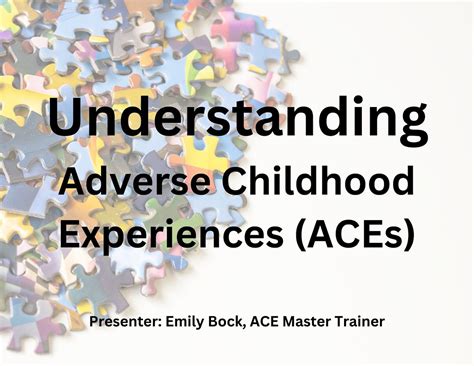
To comprehend the complexity of ACEs, it is crucial to understand what constitutes an adverse childhood experience. The original ACEs study identified ten specific categories, including physical abuse, emotional abuse, sexual abuse, physical neglect, emotional neglect, parental substance abuse, parental incarceration, parental mental illness, domestic violence, and divorce. These experiences can be further divided into three main categories: abuse, neglect, and household dysfunction. Each category has a unique set of challenges and consequences, making it essential to address them individually.
Types of Adverse Childhood Experiences
There are several types of ACEs, each with its own distinct characteristics and effects. Some of the most common types of ACEs include: * Physical abuse: This involves physical harm or injury inflicted upon a child, either intentionally or unintentionally. * Emotional abuse: This type of abuse involves behaviors that can cause emotional harm, such as belittling, humiliation, or rejection. * Sexual abuse: This is one of the most severe forms of ACEs, involving any form of sexual contact or exploitation. * Physical neglect: This occurs when a child's basic physical needs, such as food, shelter, or clothing, are not met. * Emotional neglect: This involves a lack of emotional support, love, or affection, which can be just as damaging as physical neglect.The Effects of Adverse Childhood Experiences
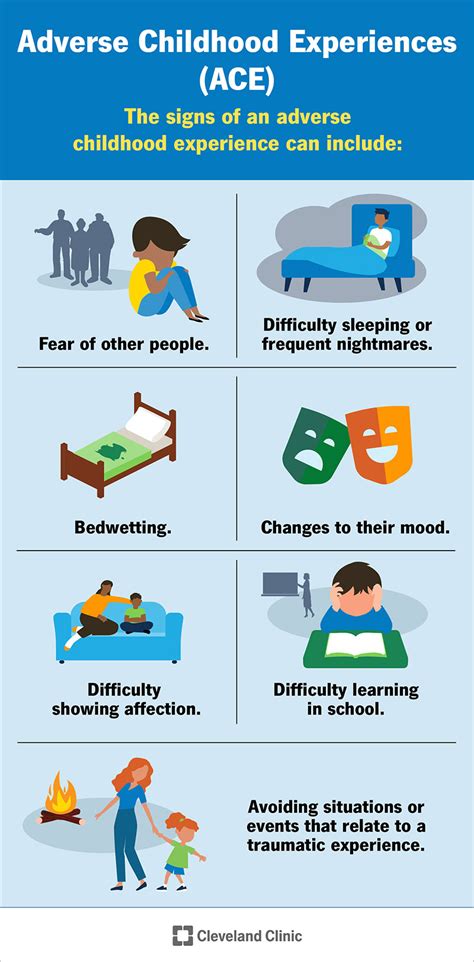
The effects of ACEs can be far-reaching and devastating. Individuals who experience multiple ACEs are at a higher risk of developing chronic diseases, such as heart disease, diabetes, and obesity. They are also more likely to struggle with mental health issues, including depression, anxiety, and substance abuse. Furthermore, ACEs can affect an individual's social and economic well-being, leading to difficulties in forming healthy relationships, maintaining employment, and achieving financial stability.
Short-Term and Long-Term Consequences
The consequences of ACEs can be divided into short-term and long-term effects. In the short term, ACEs can lead to: * Increased stress and anxiety * Difficulty concentrating and learning * Behavioral problems, such as aggression or withdrawal * Physical complaints, such as headaches or stomachaches In the long term, ACEs can result in: * Chronic diseases, such as heart disease or diabetes * Mental health issues, such as depression or anxiety * Social problems, such as difficulty forming healthy relationships or maintaining employment * Economic difficulties, such as financial instability or povertyMitigating the Impact of Adverse Childhood Experiences
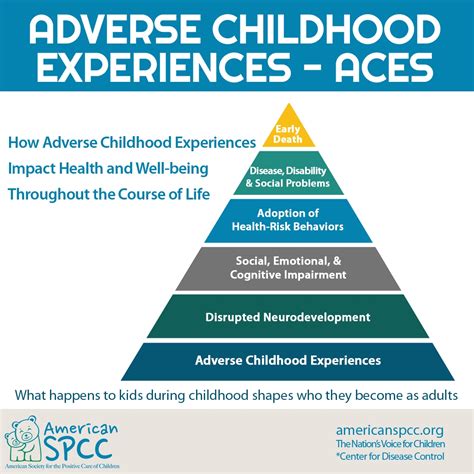
While the effects of ACEs can be severe, there is hope for mitigation and recovery. By providing a supportive environment and addressing the root causes of ACEs, we can help individuals develop resilience and reduce their risk of long-term consequences. Some strategies for mitigating the impact of ACEs include:
- Early intervention and prevention programs
- Trauma-informed care and therapy
- Social support and community engagement
- Education and job training programs
- Policy changes and advocacy efforts
Building Resilience
Resilience is the ability to withstand and recover from adversity. Building resilience in individuals who have experienced ACEs is crucial for mitigating the impact of these experiences. Some ways to build resilience include: * Developing a strong support network * Practicing self-care and stress management * Engaging in activities that promote emotional regulation, such as mindfulness or meditation * Building cognitive skills, such as problem-solving and decision-making * Fostering a sense of purpose and meaningCreating a Supportive Environment
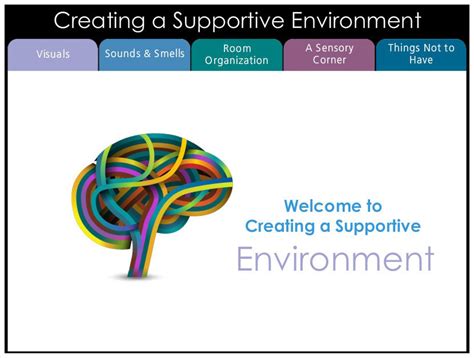
Creating a supportive environment is essential for individuals who have experienced ACEs. This can involve:
- Providing a safe and stable home environment
- Encouraging open communication and emotional expression
- Fostering a sense of belonging and connection
- Offering opportunities for social engagement and community involvement
- Promoting healthy habits and self-care practices
Community-Based Initiatives
Community-based initiatives can play a vital role in supporting individuals who have experienced ACEs. Some examples of community-based initiatives include: * Support groups and therapy sessions * Mentorship programs and coaching * Education and job training programs * Recreational activities and social events * Advocacy efforts and policy changesPolicy Changes and Advocacy Efforts
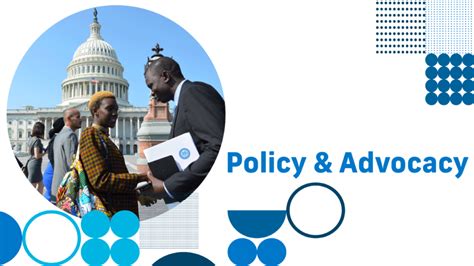
Policy changes and advocacy efforts are crucial for addressing the root causes of ACEs and promoting a supportive environment. Some examples of policy changes and advocacy efforts include:
- Increasing funding for prevention and intervention programs
- Implementing trauma-informed care and practices
- Promoting social and economic equality
- Advocating for policy changes that support families and children
- Raising awareness and promoting education about ACEs
Advocacy and Awareness
Advocacy and awareness are essential for creating a supportive environment and addressing the root causes of ACEs. Some ways to promote advocacy and awareness include: * Sharing personal stories and experiences * Participating in advocacy efforts and campaigns * Educating others about ACEs and their effects * Supporting policy changes and initiatives * Engaging in community-based initiatives and programsWhat are Adverse Childhood Experiences (ACEs)?
+Adverse Childhood Experiences (ACEs) refer to traumatic events that occur during childhood, such as physical or emotional abuse, neglect, or household dysfunction.
How common are ACEs?
+According to the CDC, nearly two-thirds of adults have experienced at least one ACE, and many have experienced multiple ACEs.
What are the effects of ACEs on physical health?
+ACEs have been linked to an increased risk of chronic diseases, such as heart disease, diabetes, and obesity, as well as mental health issues like depression and anxiety.
Can ACEs be prevented?
+While some ACEs may be unavoidable, many can be prevented through early intervention, education, and community-based initiatives.
How can I get involved in addressing ACEs?
+You can get involved by volunteering with local organizations, participating in advocacy efforts, and educating others about ACEs and their effects.
As we conclude our exploration of Adverse Childhood Experiences, it is clear that these events have a profound impact on individuals and society as a whole. By understanding the causes and effects of ACEs, we can work towards creating a supportive environment that fosters healthy development and resilience. We invite you to share your thoughts and experiences with us, and to join the conversation about ACEs and their mitigation. Together, we can make a difference and create a brighter future for all.
